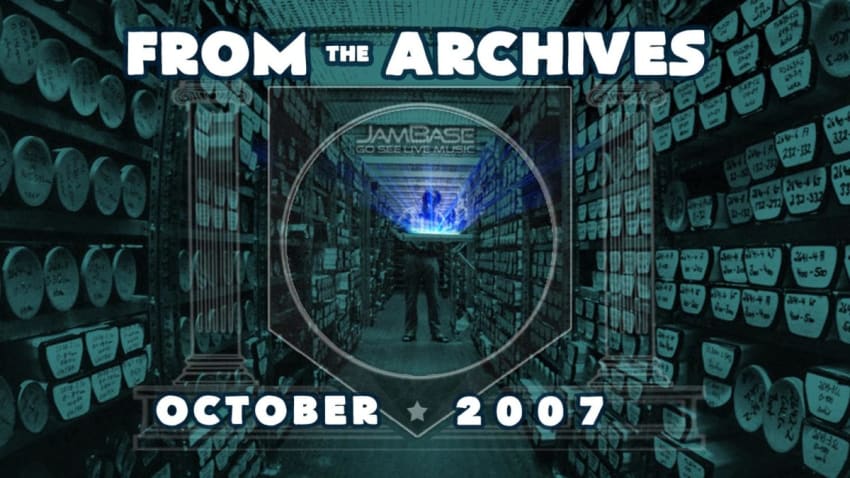Pink Floyd:The Piper at the Gates…(40th Anniversary Ed.)
By Team JamBase Oct 15, 2007 • 12:00 am PDT

 Most of us 20-somethings had our first experiences with Pink Floyd around middle school age while listening to Dark Side of the Moon, Wish You Were Here, The Wall or all three during our formative years of smoking grass (remember those metal pipes with the screw-on bowl heads that you had to buy screens for?) after school in a friend’s basement under black lights. It wasn’t until a couple of years later that we learned about Pink Floyd’s original lineup when they were led by a mysterious, erratic leader named Syd Barrett.
Most of us 20-somethings had our first experiences with Pink Floyd around middle school age while listening to Dark Side of the Moon, Wish You Were Here, The Wall or all three during our formative years of smoking grass (remember those metal pipes with the screw-on bowl heads that you had to buy screens for?) after school in a friend’s basement under black lights. It wasn’t until a couple of years later that we learned about Pink Floyd’s original lineup when they were led by a mysterious, erratic leader named Syd Barrett.
Recorded in 1967, The Piper at the Gates of Dawn (Capitol/EMI) was Floyd’s only album with Barrett in the fold for the entire duration and sounded different than anything they released afterwards while under the creative control of bassist Roger Waters. Yet, it was Barrett who shaped their sound and whose influence remained a driving force of influence in all of Pink Floyd’s future works.
In the year of Piper‘s release, Pink Floyd had made a name for themselves as a regular at London’s UFO Club, where the Brit hippies basked in what was known as the “Swinging ’60s” on the other side of the pond, spun out of their noggins on potent LSD. Thanks in part to producer Norman Smith (who also worked with fellow period luminaries Barclay James Harvest and The Pretty Things), the band was able to bring the mind rattling cacophony of their live gigs into the studio.
One of Piper‘s high points is the prickly, space doom guitar in the opening seconds of “Astronomy Domine.” The jingly chimes of “Matilda Mother” sum up the album’s sound, Victorian-era Baroque taken over by aliens getting their rocks off to skewed lullaby like lyrics.
Barrett’s mellowed Cockney voice can almost scare the piss out of listeners on “Flaming” as he mutters, “Sleeping on a dandelion/Too much/I won’t touch you/But then I might.” “Pow. R Toc H.” is a scattered be-bob full of squawks, bird calls and other jungle noises that cocoons into Nick Mason‘s tom quavers right before the eight minute and change guitar gale of “Interstellar Overdrive,” which swishes back and forth between the speakers as it winds down.
One of organist Richard Wright‘s finest moments was laying it down on the VCS 3 analog synthesizer on Dark Side but he made his bones on Piper by going to town with the Farfisa, Hammond and vibraphone.
Not long after, in 1968, Barrett succumbed to mental illness brought on by copious amounts of LSD but still got around to cutting two spectacular solo albums in the early ’70s before becoming a recluse for over three decades. Syd sadly passed away in 2006, but it was the mind of this one man whose footprint in rock and roll will be showing longer than the one from Neil Armstrong left on the moon.
The 40th Anniversary edition 3-CD set includes packaging designed by legendary cover artist Storm Thorgerson, a 12-page reproduction Syd Barrett’s notebook, newly remastered stereo and mono versions of the orignal album and a third disc featuring all the Pink Floyd singles from 1967 plus the B-sides “Candy And A Current Bun” and “Paintbox” as well as an alternate version of “Interstellar Overdrive” and the 1967 stereo version of “Apples And Oranges.”
JamBase | United Kingdom
Go See Live Music!
